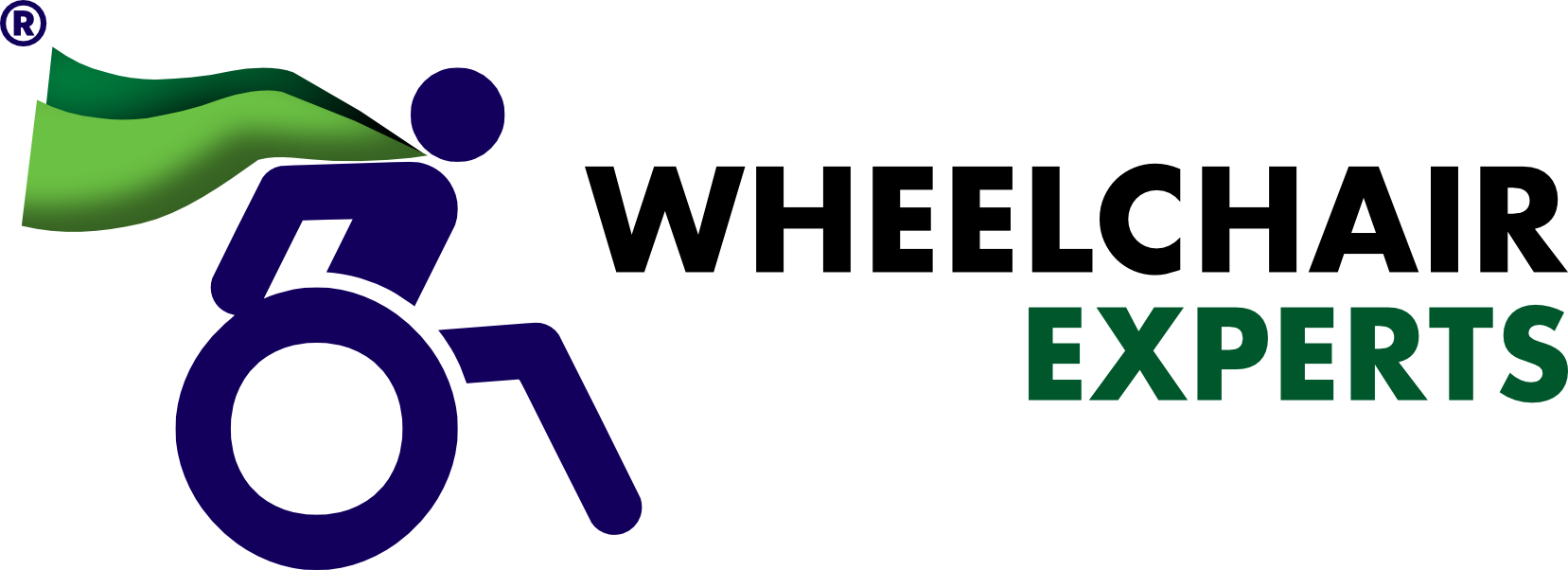What Is Postural Management?
 If you are currently using any adaptive equipment for a child with disabilities, then you are already well on the road to knowing what the term “Postural Management” means.
If you are currently using any adaptive equipment for a child with disabilities, then you are already well on the road to knowing what the term “Postural Management” means.
If a child cannot maintain a position to do an activity for themselves, then adaptive equipment can provide the support needed. Examples include an adaptive chair, a stander, a gait trainer, a tricycle, or even a bathing system or toileting system. Careful night time positioning with appropriate supports in bed is important too.
Postural Management is the holistic approach to maintaining good physical placement, movement and function for individuals who cannot do it by themselves – twenty-four hours a day, seven days a week. This can be achieved by thoughtfully positioning a child with the right supports throughout his or her daily routine and at night.
Why Is It Important?
The biggest factor that impacts posture throughout the day is gravity. That’s because “posture” is the attitude and configuration of the body as it constantly struggles against the force of gravity.
Think about it: gravity not only affects a child with weakness and disability when they are sitting but also affects the body when the child is standing upright or lying down.
This is why it is so crucial to properly manage an individual’s posture twenty-four hours a day; gravity never stops.
Good Postural Management presents many benefits in terms of health and mental well-being, but all of these can be categorized into three essential goals or purposes for Postural Management:
- Function: To allow a child to be as independent as possible, while allowing them to develop and enhance their motor skills.
- Minimize damage: Without a robust Postural Management plan, the human body can deteriorate. The constant weight of gravity can deform the skeleton and negatively impact the elasticity of muscles. Children can end up with orthopedic deformities and further medical problems as a result. Postural Management positioning can be particularly important while a child is sleeping.
- Reduce energy expenditure: If a child is using a great deal of energy just to hold their sitting balance, they will tire. Fatigue can dramatically impede their ability to play, engage in education and work on therapy goals. There is a balance between allowing a child to work and develop their muscles, and at the same time providing enough support so they will have the necessary energy to progress in their development.
Good Postural Management offers many health benefits, including:
- Respiration / digestion / circulation: Internal organs function much better when they are not compressed through poor posture.
- Bowel and bladder function: Constipation and discomfort have a significant impact on health and general mood. Adopting multiple positions throughout the day enables gravity to work favorably, allowing postural drainage.
- Bone strength: More weight-bearing postures have proved to increase bone mineral density in developing children.
- Mental health: Many children who are non-verbal rely on eye contact to communicate. Being in a poor posture and gazing at the floor can cut a child off from the rest of the world. Engaging and interacting with peers and siblings is more stimulating and will aid social development.
Why Is It Important to Continue This at Home?
We know that gravity greatly impacts posture and cannot be escaped. That is why a twenty-four-hour approach to Postural Management is important. Positioning at home, including at night, is critical.
In the United Kingdom, several manufacturers have developed bed positioning products that help with Postural Management at night, some of which are now available in the United States through distributors. One such product is the Dreama, a bed that offers comfortable positioning supports that are gently corrective during the night while the child’s muscles are relaxed in sleep. Remarkably, good positioning at night can result in improvements in skeletal development in a matter of weeks, reducing deformity.
Children with disabilities are less likely to move and change position at night, so when they sleep in improper night time postures, they can develop orthopedic problems, perhaps even “undoing” any benefits from the appropriate postural support provided during the day.
Postural Management is a relatively new concept here in the United States. Following a good Postural Management plan set out by your child’s therapy team, in conjunction with the right equipment, can positively affect your child’s happiness and comfort levels. Continuing these positioning programs at home may be challenging. Below is a listing of articles and resources that may help. Do not hesitate to reach out for the advice of a knowledgeable clinician as you plan your child’s positioning through each day.
This post is adapted from an article on Jiraffe’s website: https://www.jiraffe.org.uk/importance-postural-management-home.
Back to Top** This post was originally published on http://www.rifton.com/adaptive-mobility-blog/blog-posts/2020/july/why-postural-management-is-important

